Tony: It is a world-class city. Although, as you noticed, it is under economic siege right now.
Pam: I’m already thinking about that here. Like, where’s the middle class?
Tony: Exactly. Traditionally, they have been the theatre audience. Subscription is based on middle class, and of course very wealthy people are always going to give money to support us, but subscription has been the economic foundation of the theatre. When I first joined the field, subscription was the enemy. We’d sit around saying things like, “Oh, God! The theatre is being corrupted by bourgeois morality.”
And what’s ironic is that, now, with the state subsidies collapsing in Europe, they’re calling us up and going “How does subscription work?” Because it allows for planning.
It’ll be interesting to see how you respond to the economic and energetic mood swings in the Bay Area. The political mood in the country right now is challenging, it’s full of a lot fear. Programming for that, either to get to the heart of it or to raise our spirits, is a concern that I’ve had for a while
When I started out, the idea was to take on the darkness out there. It was theatre of anger and political conscience. If we just show people what’s going on, it will raise collective awareness and people will take to the streets. But people have a lot of information now. Everyone is pretty aware of the state of the planet. And what they need is energy to actually get up and do something about it.
More and more, theatre has become this place where people can come together and celebrate something, anything to keep the apocalypse at bay. The positive end of the spectrum is more what people need right now. Some of the artists I’ve consistently chosen to work for—who are not me, because I tend to go for darkness—like the Emma Rice’s and the Mary Zimmerman’s, consistently create a sense of catharsis and well-being.
More and more, theatre has become this place where people can come together and celebrate something, anything to keep the apocalypse at bay.
Pam: So now as a freelancer, stepping out of a gigantic career institutional job, what are you thinking?
Tony: This is going to sound shocking, but I’m really excited. I have been here for thirty-two years. I was at the Eureka for maybe eleven years. I’ve been steeped in this thing; running a theatre is almost in my DNA. The reason why I’m not burnt out, I’m not unenergized, is that I feel like I’m doing my job as well or better than I ever have. But there are aspects of myself that have gone dormant, assumptions I have made because of my job. I get things, I have an assistant. And I don’t want to be a person whose identity is bound up in just being the director of a big institution. I’m happy to be that but, honestly, I don’t want to die not having explored those dormant aspects of myself. And I need to separate myself from running a theatre to do that.
Friends and colleagues have threatened to hire me, so that feels okay. Because obviously there’s a fear going into freelancing. And when you look at the history of artistic directors, it’s not pretty. Usually people are like: “You’re out to pasture, goodbye!” And also there’s the feeling of: “You had your shot, now move over, grandpa.” And that’s okay, I get that. But I want to work. I want to do meaningful work, make exciting things happen. I have some cool things lined up, and people seem interested in talking to me about other work, which is great. The last number of years I’ve also been writing more, which is interesting and fun.
Pam: Great.
Tony: My father was a painter and photographer. He was ninety-two when he died, and he worked until three months before then. His most fertile years were after he stopped running his own studio, and he just went after it in a way that was really impressive. He always said the secret to life was curiosity. And I keep finding that to be true.
I know I’ll miss a lot of things, and I think the biggest one will be the community of artists. People walking in the door is fun. They challenge you, they get you through, and you hang out with people who don’t think like you do. That’s interesting. And you’re able to curate their work, support their work. It’s like being a teacher in some ways. People need different things, and you’re able to provide. There’s an art form there. It never gets boring because there’s a whole new group of artists who come in, and no show is the same.
I’ve always said the secret to keeping us “edgy,” to progress, is to follow the artists. You hire the right artist and they will take you to places you didn’t think you were going. I don’t know what your experience will be at A.C.T., but at Berkeley Rep, we can do almost anything content-wise and the audience will go with it. Form is a completely different thing.
Pam: I’m curious to understand that.
Tony: My nickel theory is that audiences in the Bay Area have been through a lot of schooling. They have degrees, they’re used to analyzing, parsing, clarifying, and solving. When that’s not the trigger or mechanism in which they can understand their experience, they can feel anything from befuddled to betrayed. We have to push ourselves here, because if we don’t, we’re not doing our job.
One of the coolest things I experienced as the artistic director was making seasons. Of course, you’re choosing shows for the full season, and only certain portion of the audience buys the whole season. But, that’s the only way you can do it: pick the whole thing and see how it works out in your mind.
Pam: There’s some stuff that I don’t want to direct but I want to be involved in, and I’ve always felt that. I remember reading Elia Kazan’s memoir, and in when he took over the Lincoln Center, he decided his kick-off production would be a Greek drama. And he describes in his memoir, two days in, “I’m not the director for this. This is great. I want to see it, but I don’t want to do it.”
Tony: Are you thinking about your own work as it will play out over the three-year arc?
Pam: Not yet. It really is too early.
Tony: You inherited half a season, right?
Pam: I inherited one show. There were two things in the pipeline, but we moved one of them from the Strand to the Geary. So I feel like I can claim that one.
Tony: And you have a lot of new staff members?
Pam: Yeah. And I’m coming in with the new executive director, Jennifer Bielstein.
Tony: That’s actually good. New people, fresh start. And there are a lot of new artistic directors you get to hang out with.
Pam: I remember one artistic director telling me that, at least every two weeks, I should have a conversation with a fellow artistic director. To add a little perspective when trying to run an idea up a flagpole. To realize you’re not crazy. So far I’ve been doing that.
Tony: Oskar Eustis and I have started doing that. We got a steering group together with like-minded souls. Our colleagues were ecstatic to talk with others.
Pam: Are you staying in the area?
Tony: Yeah, I’m staying here. I love it here. It’s a great place to live, and I love the work. I’ll see where it takes me.

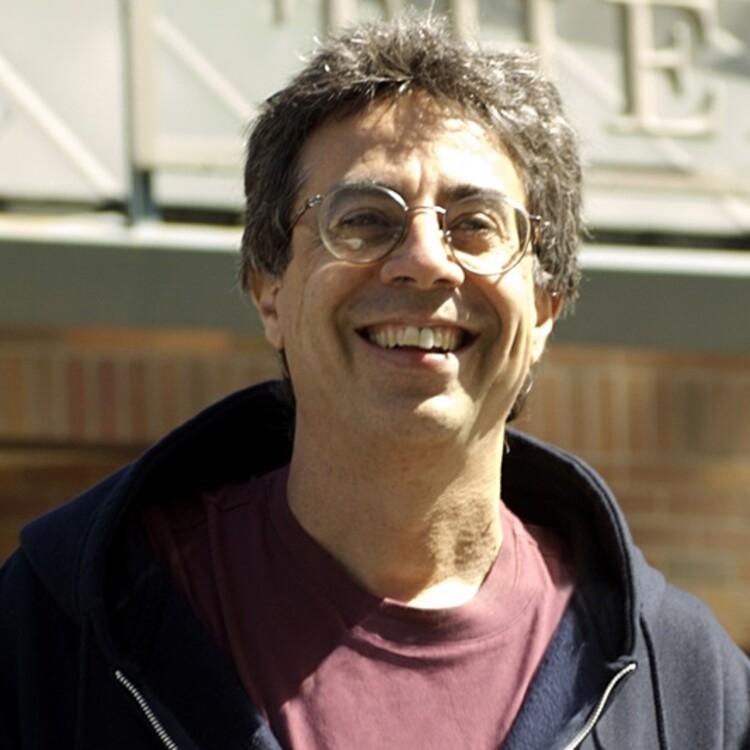
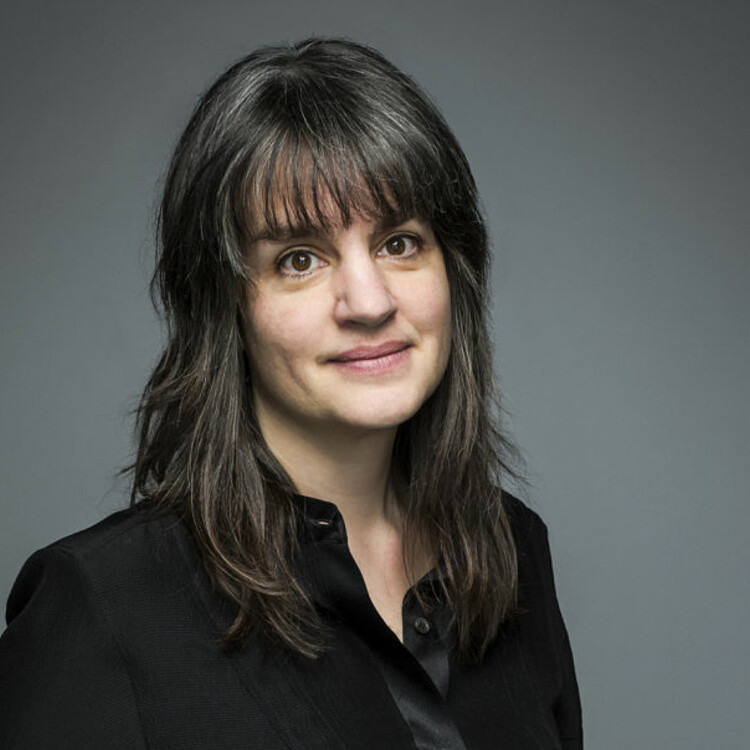
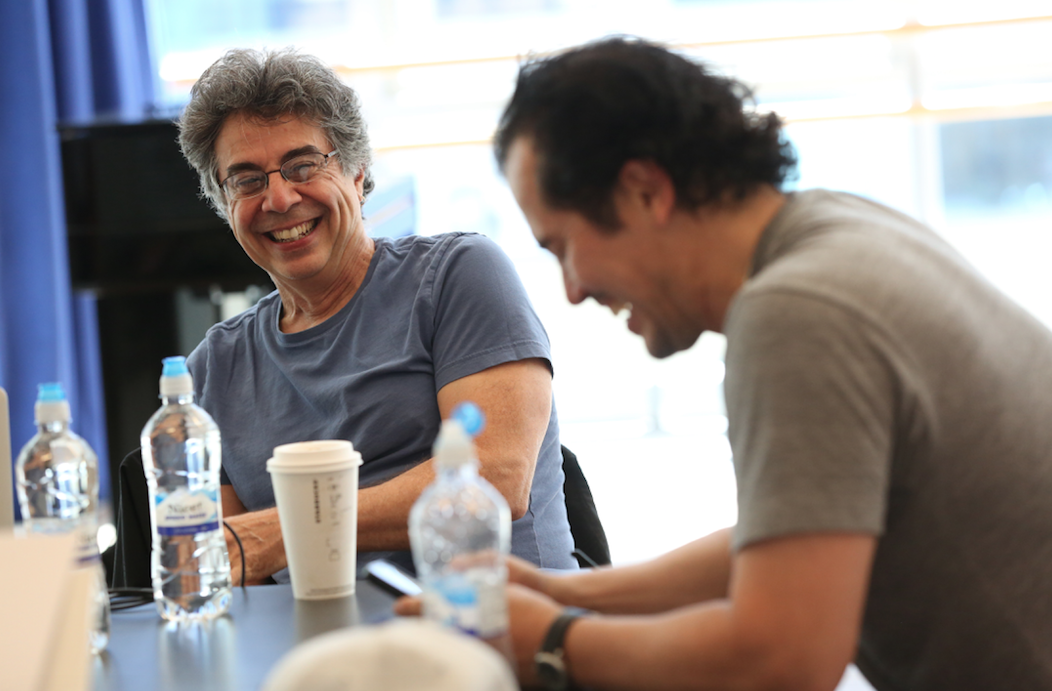
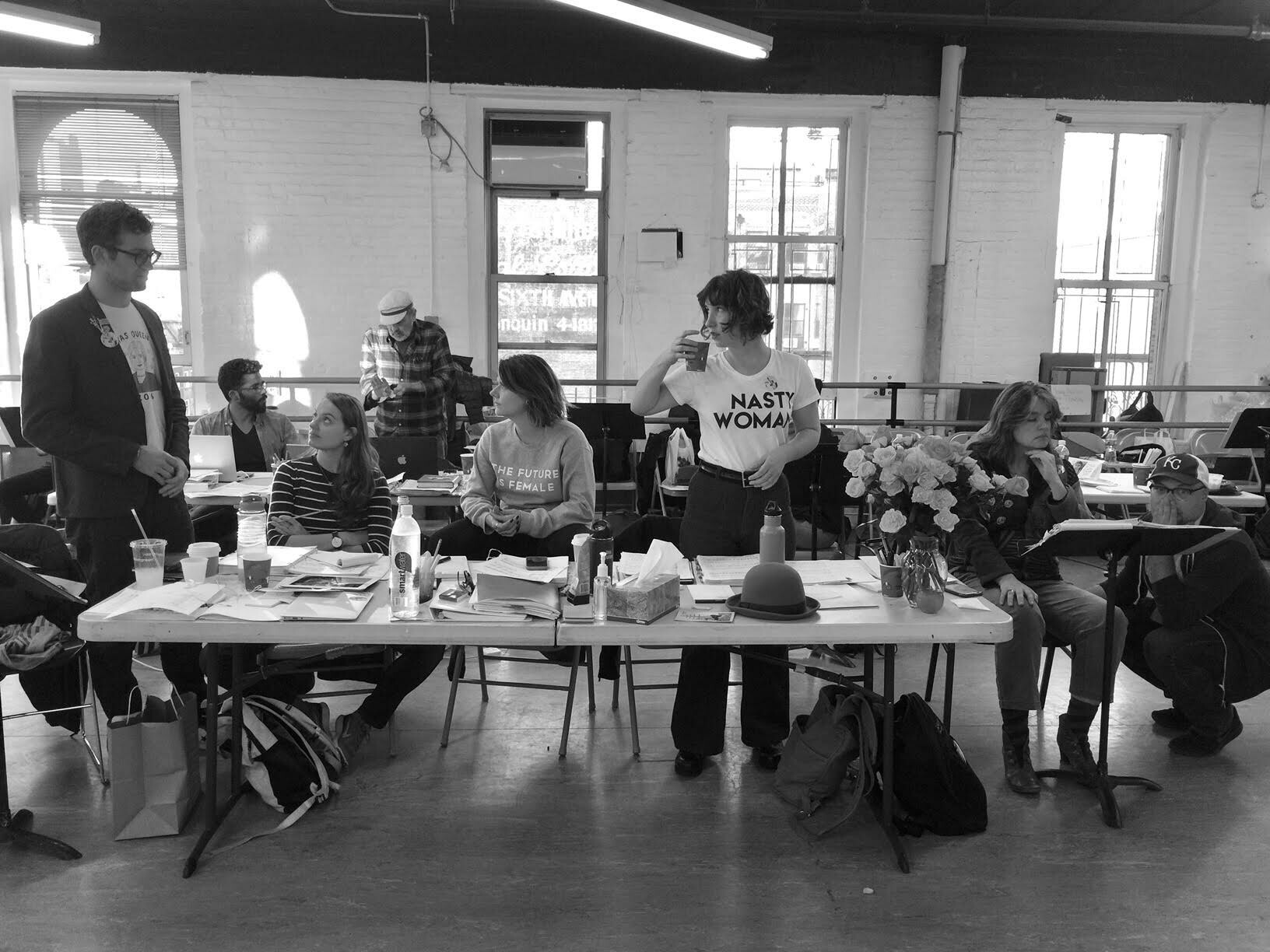
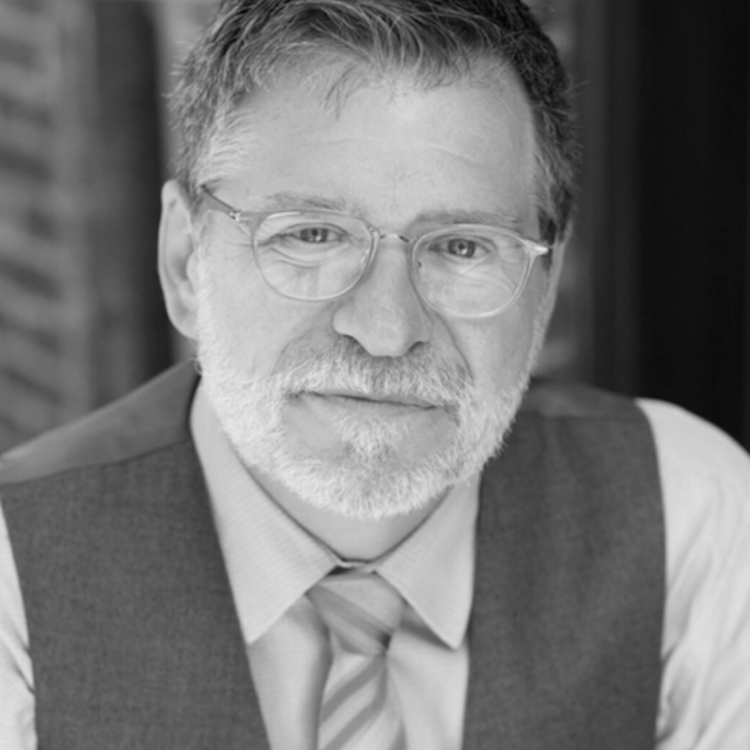
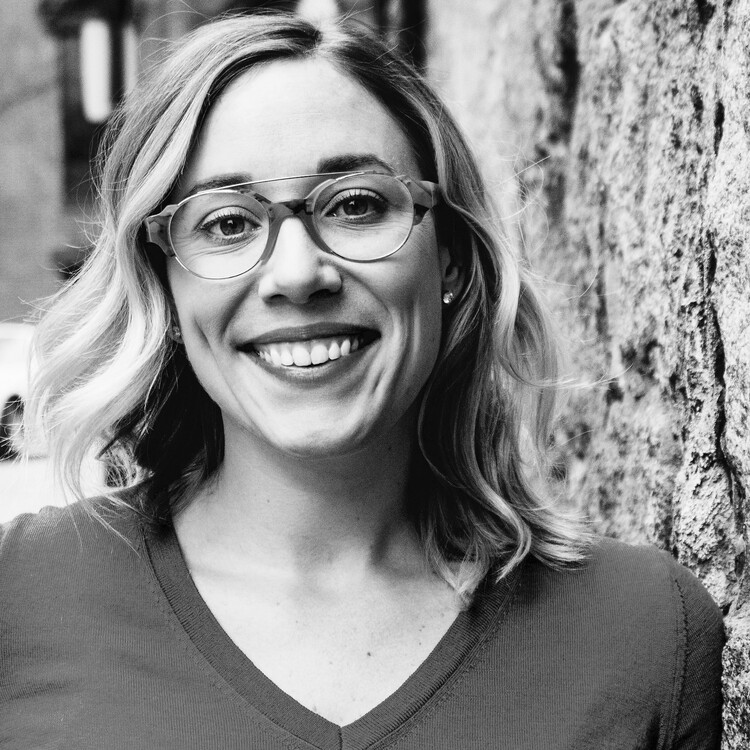
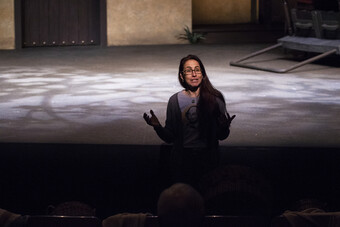



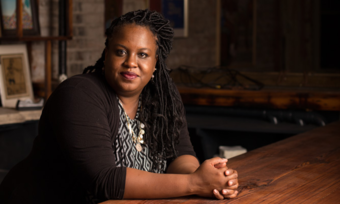


Comments
The article is just the start of the conversation—we want to know what you think about this subject, too! HowlRound is a space for knowledge-sharing, and we welcome spirited, thoughtful, and on-topic dialogue. Find our full comments policy here
All the change in theater leadership the Bay Area (and elsewhere) is exciting, but also a bit scary. It's really nice to have the two of you share this conversation. Tony, thank you for truly visionary leadership over the last decades - I look forward to following your next projects. And Pamela, welcome to the area - I can't wait to see where you take us, and A.C.T., next.